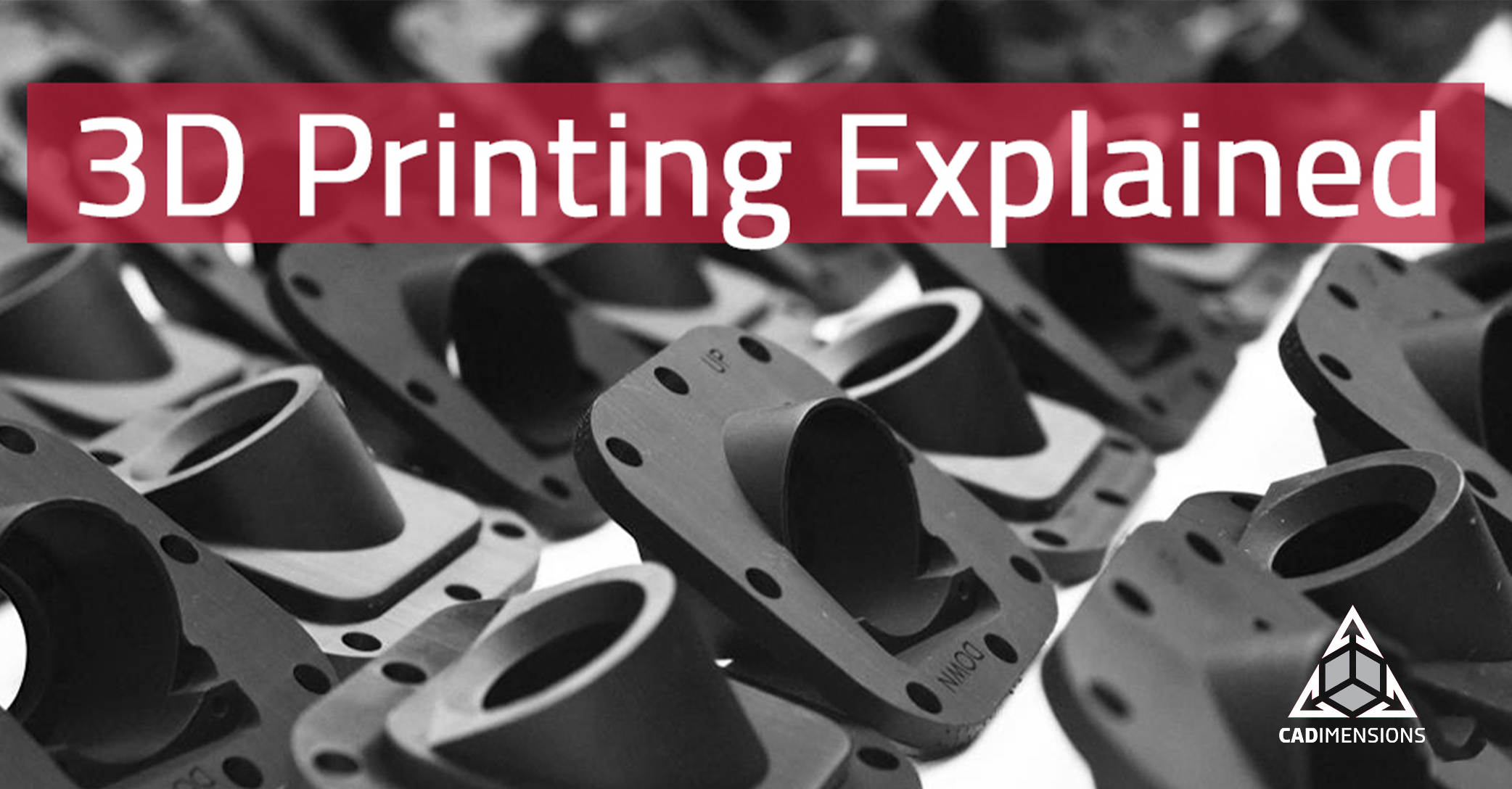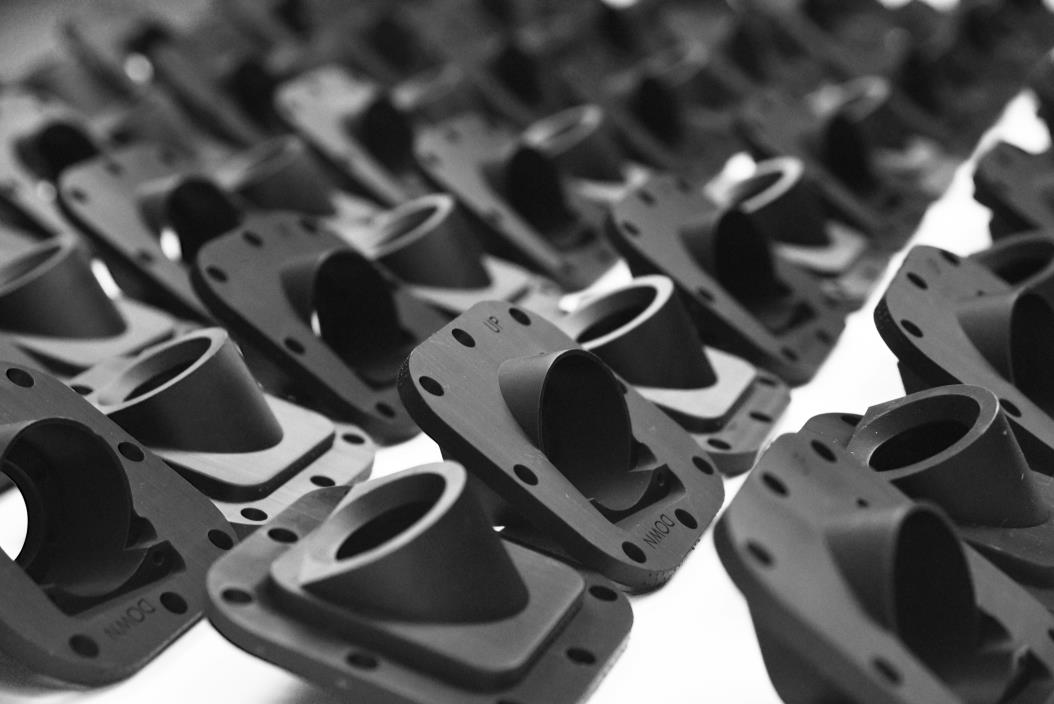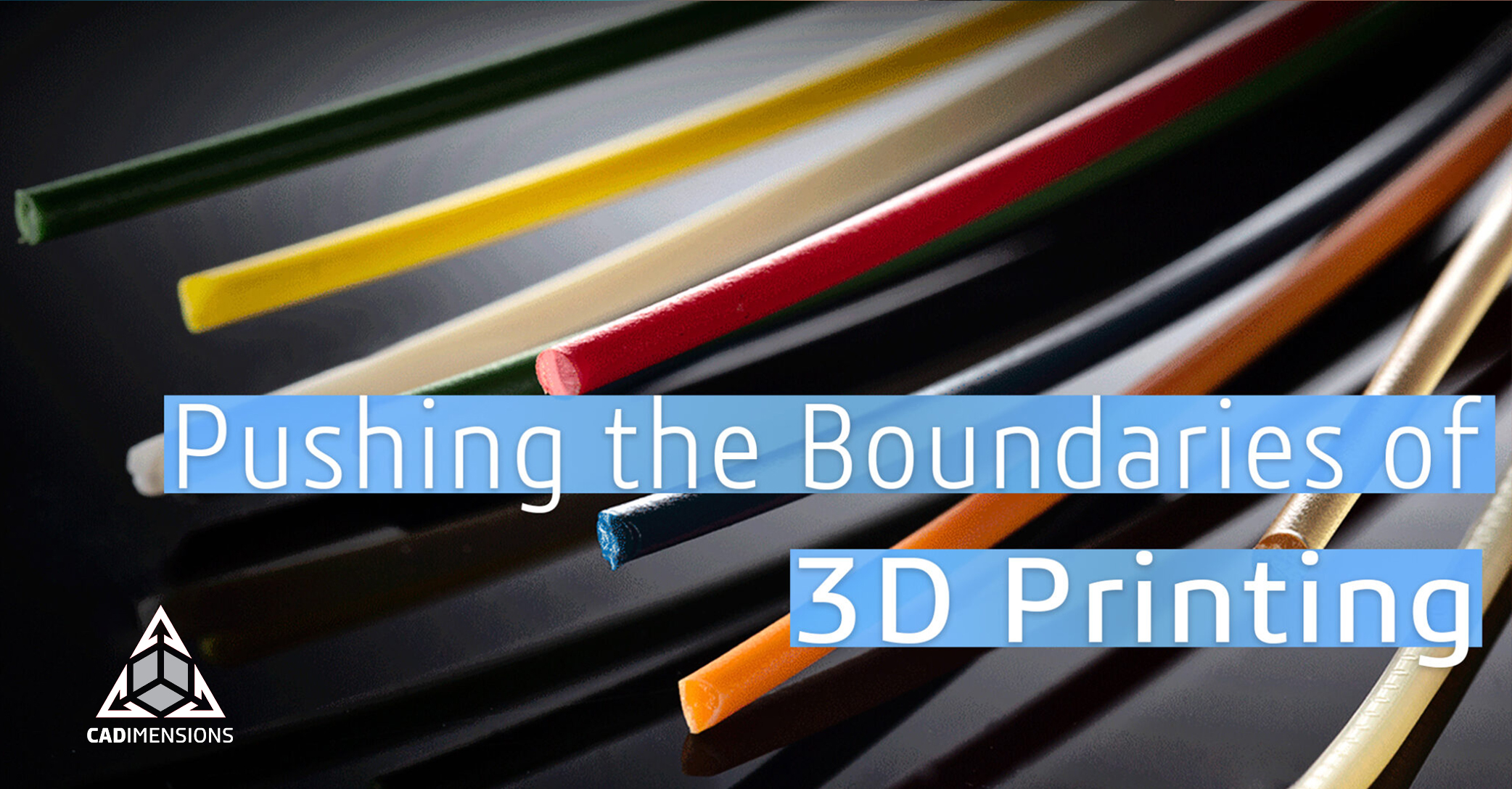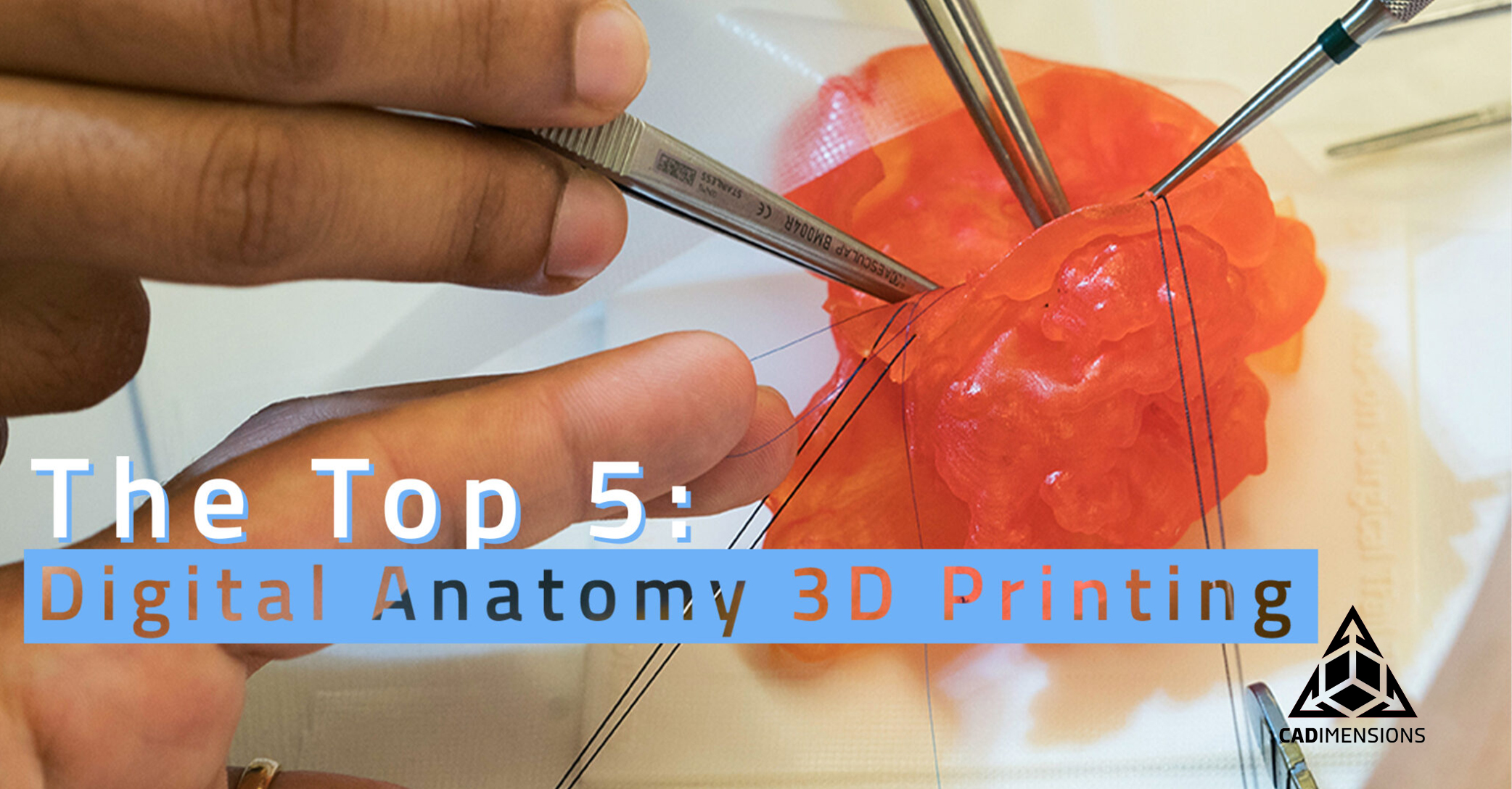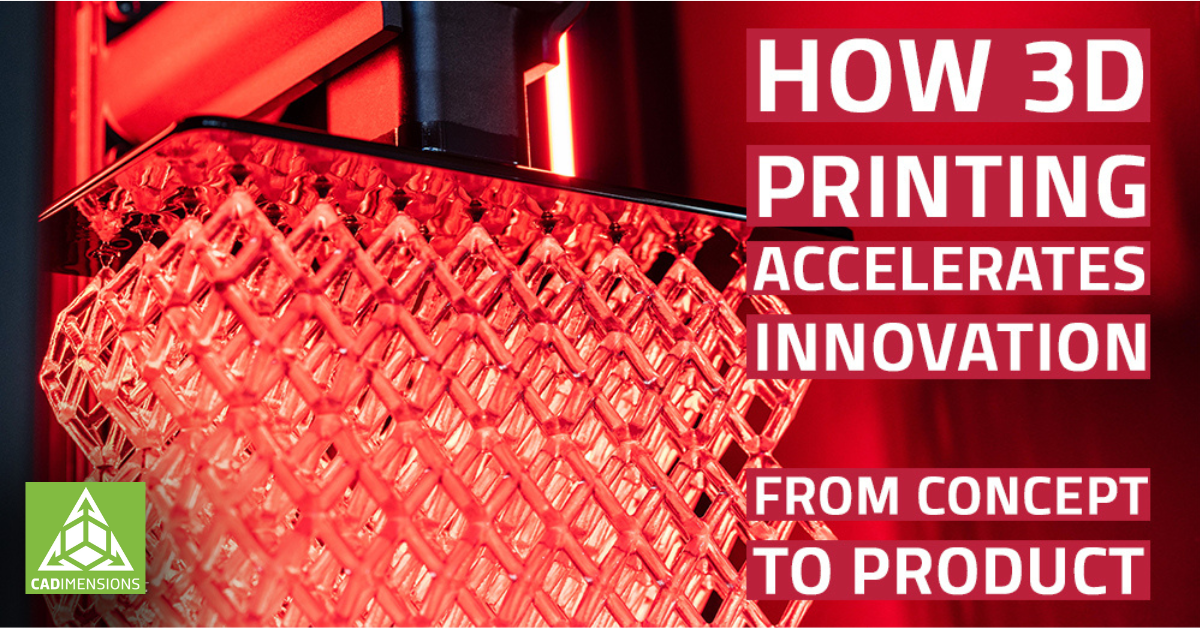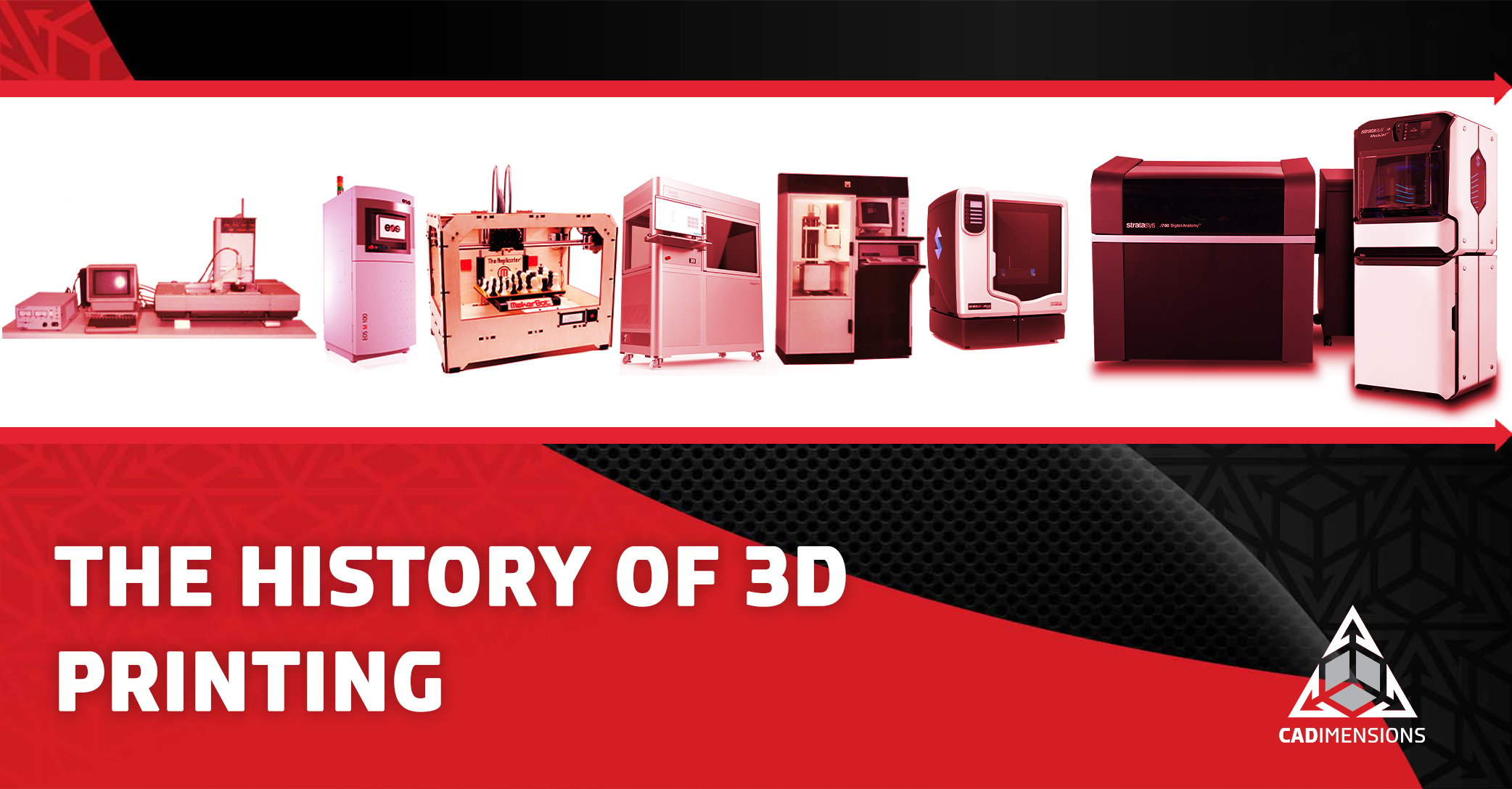3 Ways 3D Printing Is Changing Manufacturing
3D printing is a revolutionary technology that is taking many industries by storm. In a world where cost-effective, rapid prototype development is available to anyone, here are 3 ways 3D printing is changing the manufacturing industry.
3D Printing Explained
3D printers work by turning a computer-aided design into a tangible object. You begin the process by designing a 3D object through the software on your computer, connect it to a 3D printer, and then watch the magic happen.
Software takes your 3D CAD file and ‘slices’ it into layers that can be programmed into the machine to create your build. Depending on the process, materials like heated plastic or resin are laid down. The process itself sounds complex but not to fear, machines in use in manufacturing have simple-to-use interfaces with intuitive software that make it easy.
When 3D printing first came about, everyone was obsessed with creating a cool gadget or object in their home. It’s a perfect outlet for hobbyists who have a tech edge.
But that’s not where 3D printing shines the most. Actually, 3D printing has evolved so much over the years that its perfect home now lies in prototyping and manufacturing - a more sophisticated use for the impressive technology.
The State of the Manufacturing Industry
According to Nam, as of 2018, the USA manufacturing industry was worth about $2.3B. And manufacturers accounted for about 11% of the total output in the USA economy.
The 2020 pandemic caused a drop in manufacturing production and employment. However, it seems a slow recovery is occurring. Manufacturers are seeking ways to adapt to change, increase industry resilience, and developing new systems.
Right now, you can find 3D printers being utilized in manufacturing subsets like automotive, machinery, aviation, medical, and small-scale production.
How 3D Printing Is Changing Manufacturing
Any significant change always begins with a slow build-up of momentum. And the same theory can be applied to how 3D printing is changing manufacturing.
1. More flexible design and output
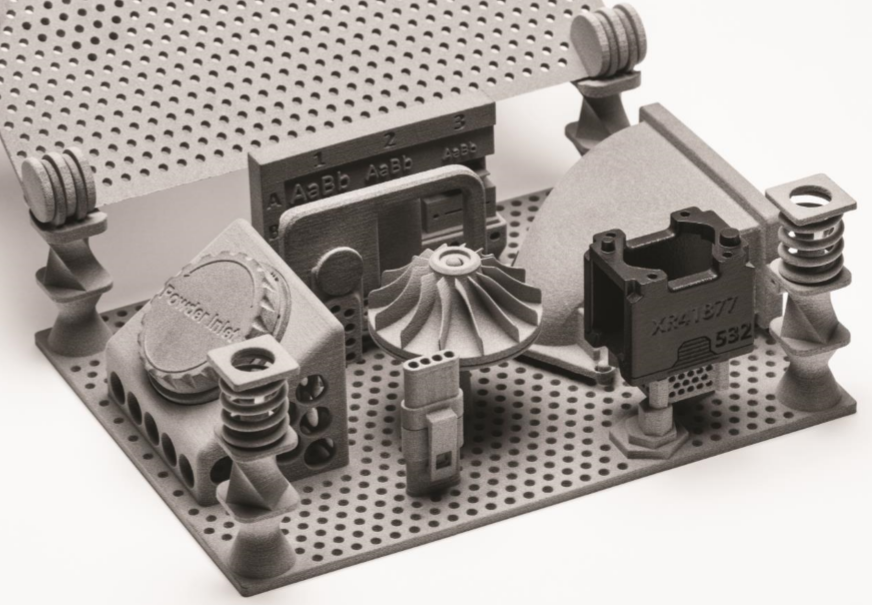
We’ve definitely seen an increase in manufacturing where customization of low-volume production parts is important. Production of casts or molds to accommodate a small number of runs hardly seems worth the investment, which is why many opt to replace aluminum parts with durable 3D printed ones.
Customer-driven demand for product individualization is also driving the adoption of 3D printing. 3D printers are very flexible when it comes to design and output.
2. More customized tools on the assmbly line
3D printing has led to a reduction in lead times for manufacturing tools as well. Machine shops are one of the biggest bottlenecks in the production process, with only so much equipment and skilled labor to go around and getting a new assembly guide on the line can be a low priority.
Being able to 3D print tools as needed to support the production line means faster throughput, fewer assembly errors, and less workplace injury.
3. Rapid prototypes
3D printing allows for rapid prototyping, which means a faster time to market. Instead of waiting months to build out a design, a 3D printer can churn out a lightweight prototype for quick testing. This is especially helpful for trying to understand the form, fit, and function testing on unfinished products.
New advanced materials give you the opportunity to experiment with prototypes that have special properties that were previously too expensive to source any other way. This includes materials that are flexible (rubber-like), electro-static dissipative, non-marring, or even carbon fiber impregnated.
Getting Your Prototype 3D Printed
If you have a project that requires a 3D printer, you’re going to be faced with two options: do it in-house or hire out the work. In the long run, it will end up saving your team an immense amount of resources by getting your prototype 3D printed by a professional.
Why? Because you need not only the tools but also the talent. You’ll have reduced overhead costs as well because you’re taking all that out-of-house for the occasional 3D printing projects you have.
You can get your prototype 3D printed by our team of engineers today, or if you’re unsure what exactly you need, someone will be happy to point you in the right direction.
